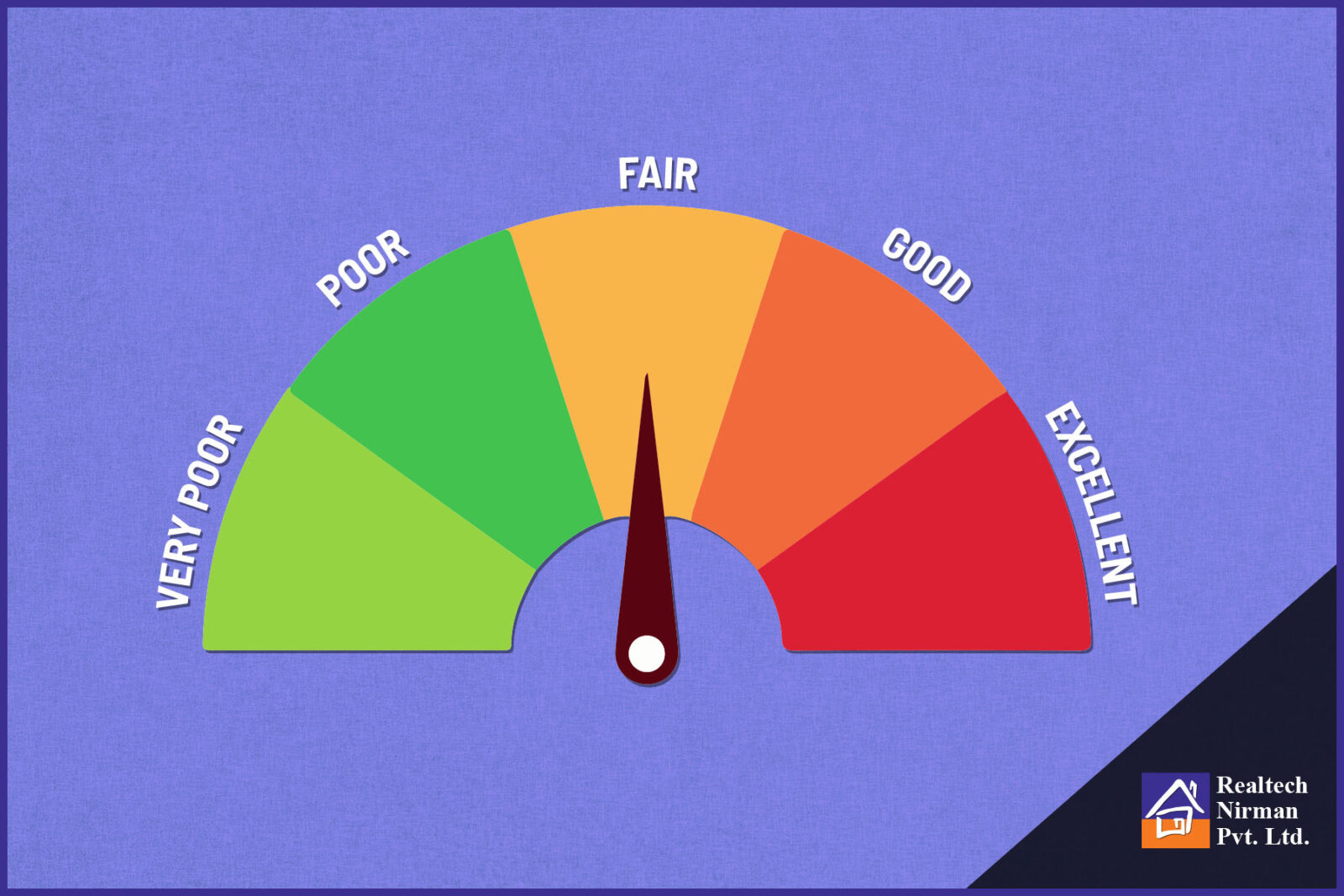Residential real estate has seen homebuyers returning to the market in the previous quarter post an initial set back amid salary cuts and job losses. A major transition to work from home due to pandemic has impacted home buyer’s choices too. Post July 2020, larger and more spacious homes have witnessed increased demands among property seekers. Reports of renewed interest of genuine home buyers who wanted to benefit from low home loan rates and reduced real estate prices have led to improved demands in the real estate market.
However, a new wave of rising demand for spacious homes with extended benefits like jogging area, swimming pools, co-working spaces, and other amenities have been popularizing recently due to the transition of work from home. Most working class now prefers 3 BHK over 2 BHK as they have to spend more time at home now than before and require a separate allocation for work space for better working from home conditions. Almost 64% of total enquiries ask for 2.5 or 3 BHK while the demand for 1 BHK near office area have been decreasing since January 2020.
With the work from home policy now becoming commonly accepted by most multinational companies, homebuyers now look for better lifestyle at more affordable prices.
Reverse migration has also been observed leading to rising demand for residential properties in tier II cities as remote working take over. Those working in cities away from home are now better decided to invest in a property in their hometown as the need for physical presence minimizes. People staying in rented properties for a long time due to uncertainty of their work location have now been moving to ready to move properties or are looking for investing in their own apartment.
Niharika Sen, an IT professional, based out of Kolkata says, “remote working since the pandemic has struck made me realize the need for space. Our organisation has made remote working permanent for all employees while we may have to travel to office once in 2-3 months. Now I am free to stay with my family at Kolkata and continue my job at the same time.”
It is safe to say that the work from home shift has altered the homebuyers’ perspective quite a lot. Those looking forward to investing in properties in Kolkata are now looking for apartments that define a lifestyle rather than just settling for lower costs. Search for a better locality, more spacious homes, array of amenities and proper security facilities now hold higher importance while buying a new property. Workplace or commute time is no longer a hindrance to owning one’s dream home.
While work from home is definitely the future, one must always keep in mind the need to stay close to one’s workplace.















 Did you know?
Did you know?



